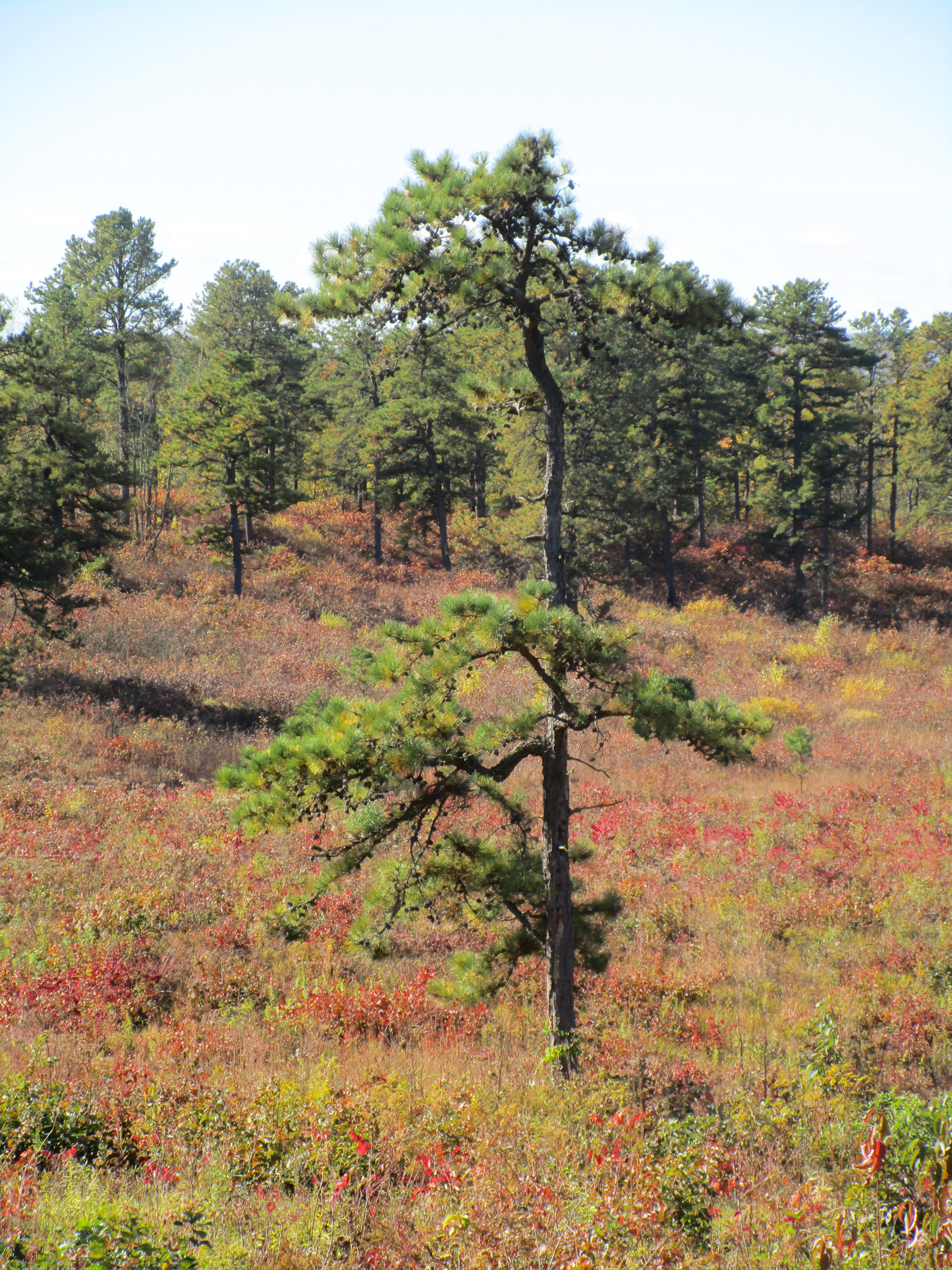by Lynne Jackson
ALBANY: Grace Nichols spoke about pesticides at the June Save the Pine Bush vegetarian lasagna dinner at the First Presbyterian Church. Pesticides include herbicides, insecticides and rodenticides.
Grace explained that unlike other types of pollution which are a by-product of making something, pesticides are designed to kill organisms. Pesticides are a whole new category of pollution. Grace began by explain how anticoagulant rodenticides (Brodifacoum) work. The pellets are these very pretty blue-green crystals (children often think these are candy, and Grace explained there are 10,000 poisonings a year by rodenticides) which are eaten by mice. The mice begin to lose blood and become very thirsty and look for puddles and run out in the open, becoming a perfect target for hawks or owls. The rodenticides bio-accummulate in the top predators, which do not die after eating just one or two mice. After eating many mice that are poisoned with rodenticide, the raptor may bruise itself on a branch or be scratched by its prey. Normally, this would not affect the bird, but, with the poisonous anticoagulant Brodifacoum in its body, this small injury bleeds until the bird dies.
Grace was visiting NYS Wildlife Pathologist Ward Stone, who suggested to her that she should look through his necropsy reports to see what killed animals in the Pine Bush. A necropsy report shows who found the dead animal, where it was found, and what the lab describes as the cause of death. To give us a general idea of a typical report, Grace described a Cooper’s hawk found in February, 2001. It was an adult male, with abundant fat reserves (meaning it did not starve to death). However, the bird contained Brodifacoum — the hawk had hemorrhaged to death.
At a hearing about the landfill expansion, Joe Giebelhaus, the City employee who runs the landfill, said that the landfill does not use rodenticides. His comments were recorded by the Altamont Enterprise.
Grace then FOILed the City of Albany to find out about rodenticide use by the city. Grace had already discovered that pesticide records maintained by the NYS Department of Environmental Conservation are secret, and that DEC will not supply information on where or who applies pesticides by specific location. But, Grace discovered that the City of Albany complies with FOIL laws, and supplied her with a treasure-trove of records including the contracts and purchase orders from Rent-O-Kill (what a name of the pesticide company!)— now named Ehrlich Pest Control.
Grace then needed to decipher the documents, which described the pesticides used, how much and where these pesticides were applied. But, she did not know what the names of the pesiticides meant, such as Weatherblock XF and other exotic names. Back she went to Ward Stone who told her to “google it!” Of course, Weatherblock XF contains Brodifacoum. Grace also discovered that insecticides used at the landfill included ones that kill butterflies and moths — next to the Pine Bush Preserve which is trying to save the Karner Blue butterflies and the buck moth!
Grace continued to visit the Albany Common Council and tell them of her finds. She discovered that the City already had an ordinance outlawing the use of certain pesticides, and that the City was violating that ordinance. The Altomont Enterprise, and finally the Times Union picked up the story.
Ultimately, Leah Golby, 10th Ward Common Council member, is chairing a temporary committee to deal with the issues of pesticides (see box for meeting).
With Grace’s persistence, and the support and interest of others, we hope that the City’s pesticide ordinance will be strengthened, not only to protect the species in the Pine Bush, but, to protect human health. Grace ended with a provocative thought: “Why would you do all of that to kill a dandelion?”
Published in July/August Newsletter 2010
